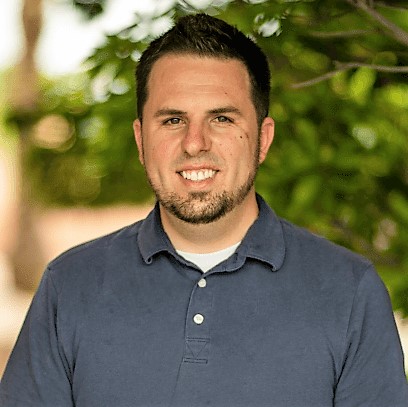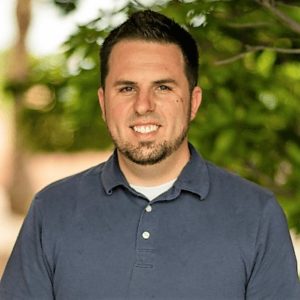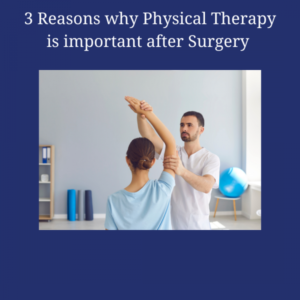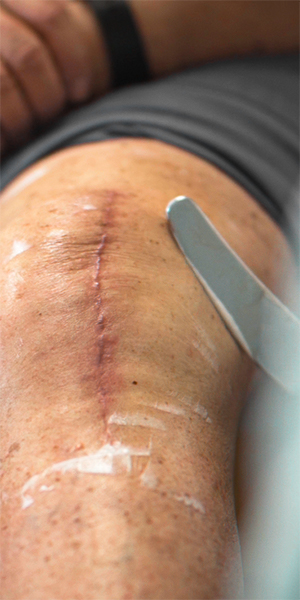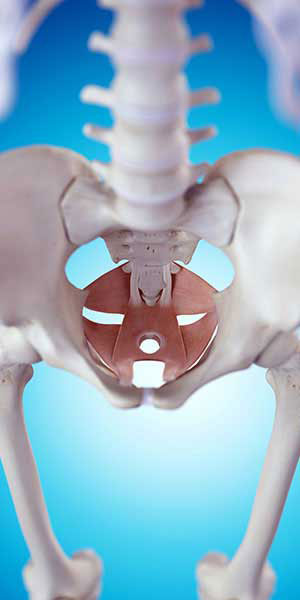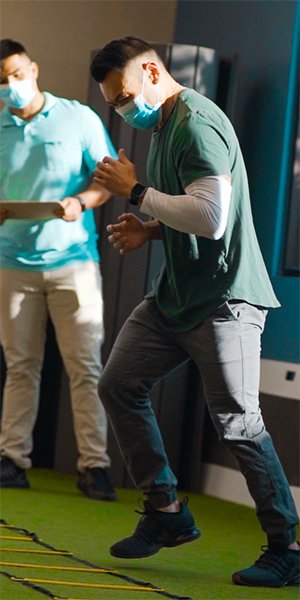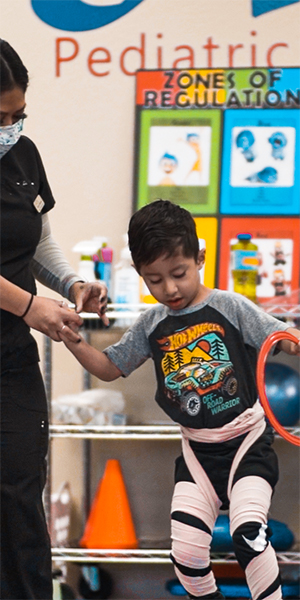By Robert Figgins, OT
My name is Robert Figgins, and I am an occupational therapist with Optimal Therapy. I have had many opportunities to work with patients that have recently had a stroke and loved each opportunity!
As an occupational therapist (OT), I have been educated and trained to help people improve or regain functional use of their extremities after they have suffered from some traumatic event. OT’s focus on individualizing treatment plans and treatment sessions to make sure the patient is benefiting from therapy and is motivated to push themselves to get better. This approach is perfect for patients that are recovering from a stroke.
I believe that the brain is more powerful than we currently understand.
I have seen the power of people using their brain to help them recover multiple times throughout my years of practice. Some of my best experiences with seeing people use brain power to heal and recover has been with my patients recovering from a stroke. One very interesting ability of the brain during recovery is called neural plasticity. According to an article entitled, “What Is Neural Plasticity?” Rommy von Bernhardi, Laura Eugenin-von Bernhardi and Jaime Eugenin state, “‘Neural plasticity’ refers to the capacity of the nervous system to modify itself, functionally and structurally, in response to experience and injury.”
Basically, the brain will figure out a way to make new connections after it has been injured. This amazes me! I view this as meaning everyone has the ability to regain the ability to be independent after suffering from even a severe traumatic event, such as a stroke. I enjoy using techniques that are associated with what therapists refer to as neuro re-education.
We use a variety of techniques to help the brain reconnect to the muscles that are not working like they were before.
I like to use techniques such as vibration, Russian stim, weight-bearing and mirror therapy. These techniques provide an input to the body that the brain can not ignore and will have to create a response. With repetition and time, these techniques can help improve functional use of an extremity affected by a stroke and can help improve a person’s independence and quality of life.
I love being able to be a part of a person’s life and recovery after a stroke.
If you need to schedule an occupational therapy evaluation to find out how occupational therapy can help you reach your goals, contact us.
To schedule an appointment call 702-564-6712 or click here to see a list of our locations.
Optimal Therapy is unique and one of the best choices for your physical and occupational therapy needs. Our team of highly-trained physical and occupational therapists are all patient focused and passionate about delivering a great experience every time. We offer many physical therapy services including fall-prevention, pelvic health, pediatrics, geriatrics, surgery recovery, dry needling, joint mobility and more! We also provide Telehealth appointments to meet you exactly where you are at.
Follow our other social media channels:
References:
von Bernhardi, Rommy, Eugenin-von Bernhardi, Laura, & Eugenin, Jaime (2017). “What is Neural Plasticity?” The Plastic Brain. (pp 1-15).

